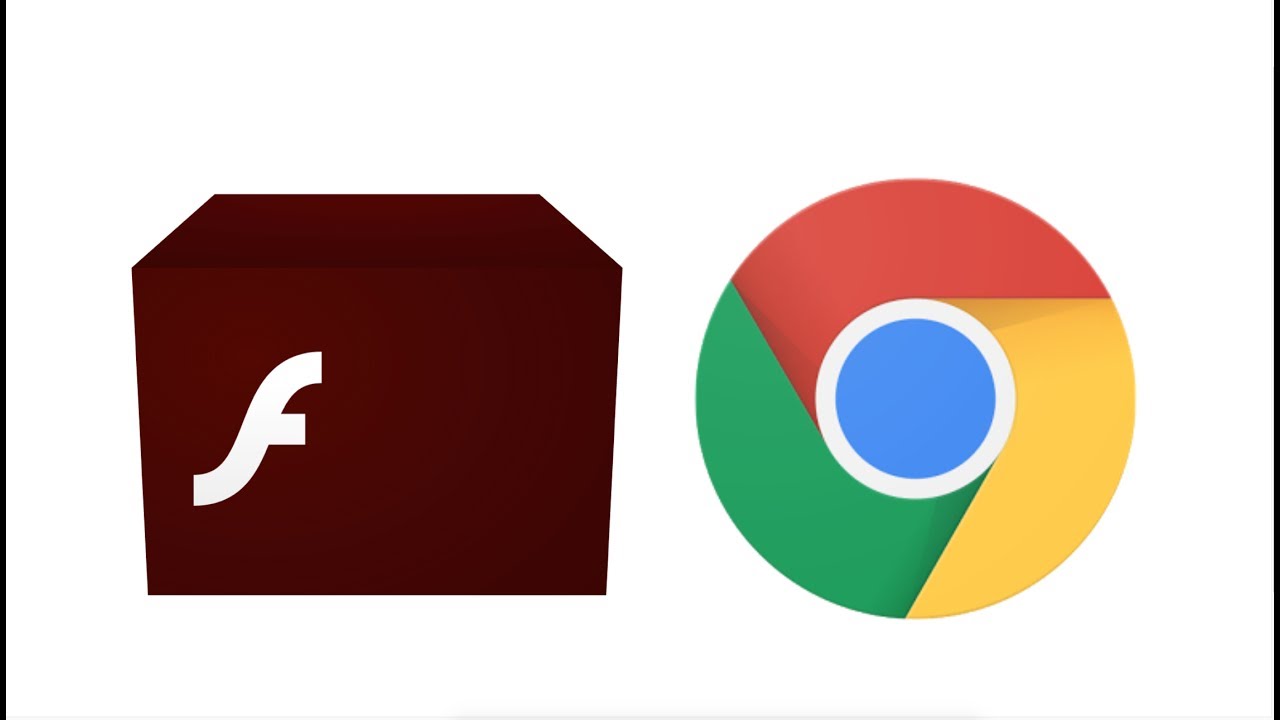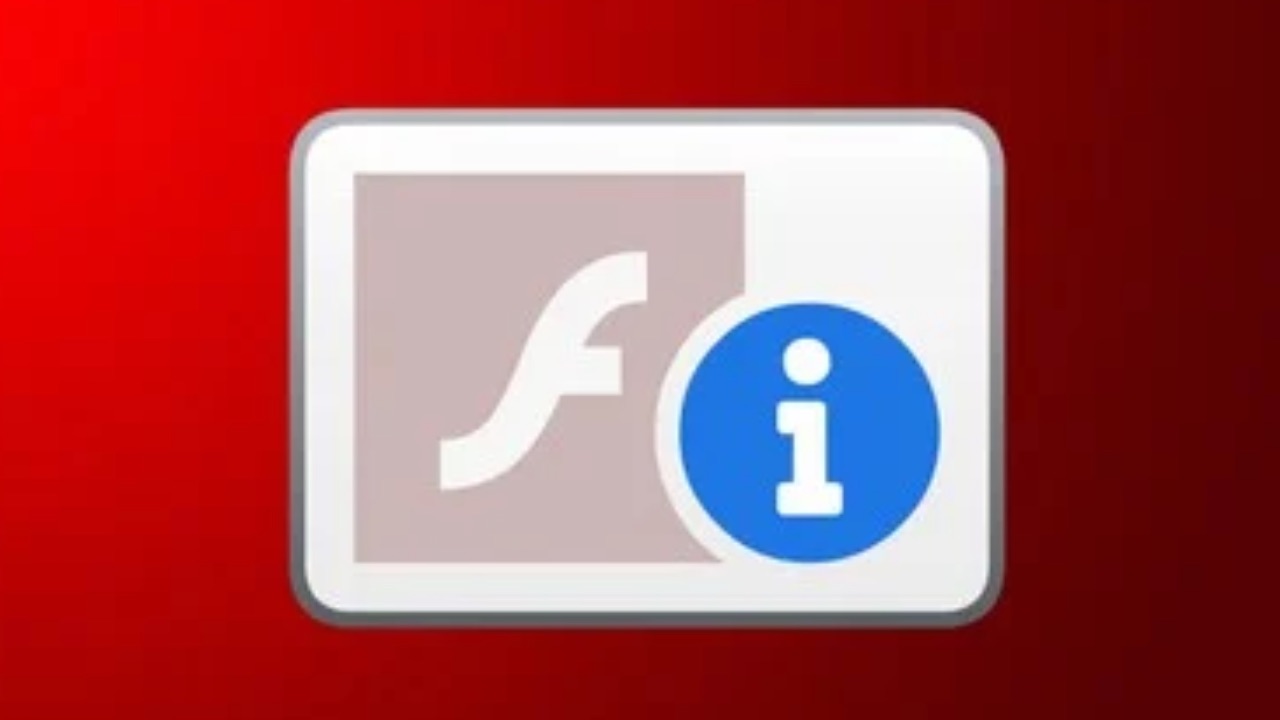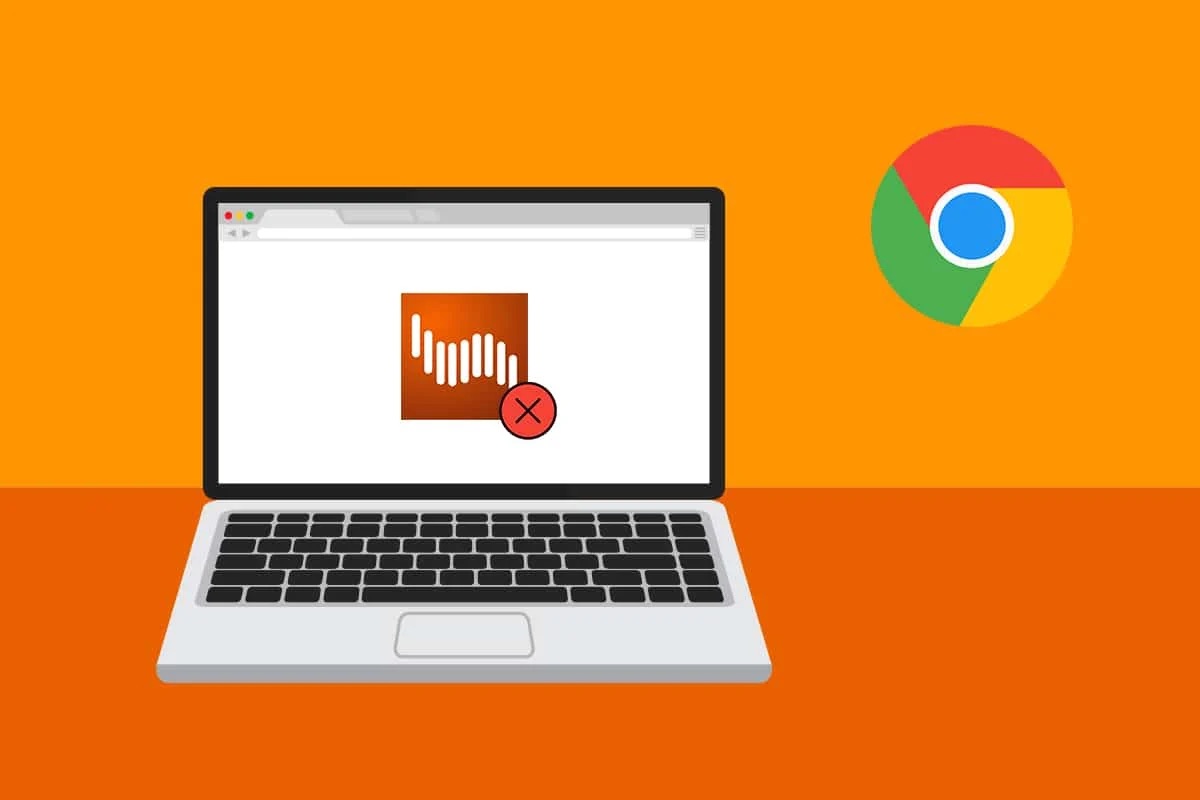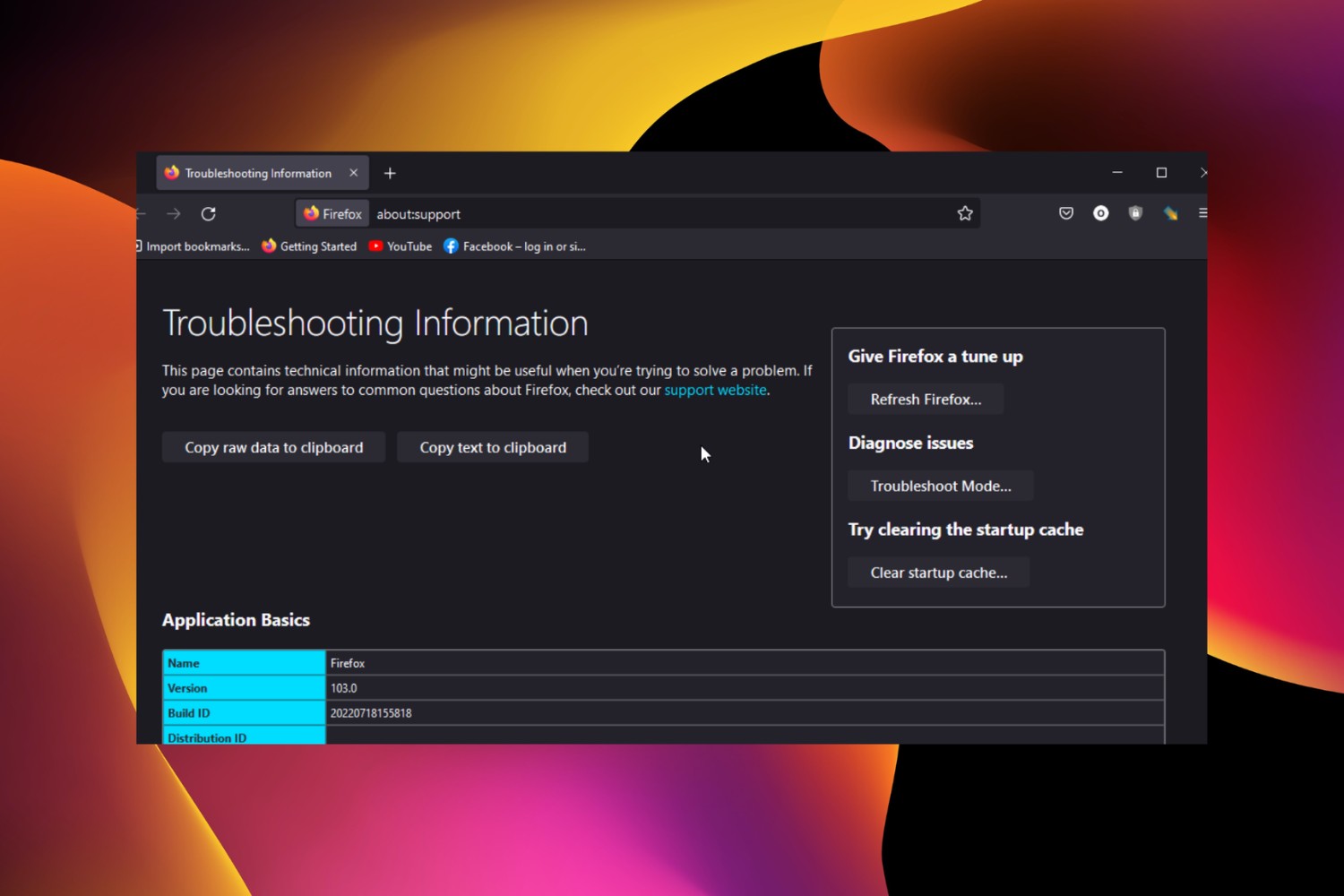Introduction
Are you tired of encountering the frustrating "Shockwave has crashed" error message while browsing the web using Google Chrome? You're not alone. This common issue can disrupt your online activities and leave you feeling exasperated. However, there's no need to endure this annoyance any longer. By understanding the root cause of Shockwave crashes and implementing effective solutions, you can bid farewell to this pesky problem and enjoy seamless browsing experiences.
In this comprehensive guide, we'll delve into the intricacies of Shockwave crashes in Google Chrome and equip you with practical steps to put an end to this inconvenience. Whether you're a casual internet user or rely on Chrome for work-related tasks, mastering the art of preventing Shockwave crashes will undoubtedly enhance your browsing satisfaction.
So, let's embark on this enlightening journey to unravel the mysteries of Shockwave crashes and empower you with the knowledge to conquer this persistent issue. Get ready to bid farewell to those exasperating error messages and embrace a smoother, more enjoyable browsing experience with Google Chrome.
Understanding Shockwave Crash in Google Chrome
Shockwave crashes in Google Chrome can be a source of immense frustration for users. When you encounter the dreaded "Shockwave has crashed" error message, it signifies that the Shockwave Flash plugin, responsible for playing multimedia content such as videos, animations, and interactive elements on web pages, has encountered an issue. This can disrupt your browsing experience, leading to frozen tabs, unresponsive websites, and an overall sense of inconvenience.
The Shockwave Flash plugin, developed by Adobe, has been a staple in web browsing for many years, enabling the seamless playback of multimedia content. However, its integration with web browsers, including Google Chrome, has occasionally resulted in instability and crashes. These crashes can occur due to various factors, including outdated software, conflicting browser extensions, or corrupted plugin data.
One of the primary reasons for Shockwave crashes in Google Chrome is the outdated or malfunctioning Shockwave Flash plugin. When the plugin is not updated to the latest version, it can encounter compatibility issues with the browser, leading to frequent crashes. Additionally, conflicting browser extensions or settings can exacerbate the problem, causing the Shockwave Flash plugin to become unstable and trigger crashes during web browsing sessions.
Furthermore, the accumulation of corrupted plugin data or temporary files can also contribute to Shockwave crashes. Over time, these files may become fragmented or damaged, impacting the stability of the Shockwave Flash plugin and increasing the likelihood of crashes occurring.
Understanding the intricacies of Shockwave crashes in Google Chrome is crucial for effectively addressing and preventing this issue. By gaining insight into the underlying causes of these crashes, you can take proactive measures to mitigate the risk of encountering the error message and ensure a smoother, more reliable browsing experience.
In the next section, we will explore actionable steps to stop Shockwave crashes in Google Chrome, empowering you to regain control over your browsing activities and bid farewell to the exasperating interruptions caused by plugin instability.
Steps to Stop Shockwave Crash in Google Chrome
-
Update Shockwave Flash Plugin: Begin by ensuring that your Shockwave Flash plugin is up to date. Navigate to the Chrome menu, select "Settings," and click on "Advanced" to access the "Content settings" under "Privacy and security." From there, locate "Flash" and ensure that it is set to "Ask first (recommended)." This setting allows you to control when Flash content is displayed. Additionally, visit the Adobe Flash Player website to download and install the latest version of the plugin, eliminating potential compatibility issues and enhancing stability.
-
Disable Conflicting Extensions: Browser extensions can sometimes clash with the Shockwave Flash plugin, leading to crashes. To address this, access the Chrome menu, go to "More tools," and select "Extensions." Review the list of installed extensions and disable any that are not essential or may be conflicting with the Shockwave Flash plugin. Restart Chrome to apply the changes and assess whether the crashes have ceased.
-
Clear Plugin Data and Cache: Over time, accumulated plugin data and cache can contribute to Shockwave crashes. To remedy this, type "chrome://settings/siteData" into the address bar and press Enter. Locate the entry for Adobe Flash Player and click on "Remove all." This action clears the stored data associated with the plugin, potentially resolving stability issues. Additionally, navigate to "chrome://settings/clearBrowserData" to clear the browser cache, further optimizing performance.
-
Enable Click-to-Play for Flash Content: By enabling the click-to-play feature for Flash content, you can exert greater control over when Flash elements are activated, reducing the likelihood of unexpected crashes. Access the Chrome menu, go to "Settings," and select "Advanced." Under "Privacy and security," click on "Content settings" and choose "Flash." Enable the option for "Ask first (recommended)" to initiate click-to-play functionality for Flash content.
-
Utilize Chrome's Built-in Task Manager: Chrome's built-in Task Manager provides valuable insights into the resource usage of individual tabs and plugins. To access it, press Shift + Esc or navigate to the Chrome menu, go to "More tools," and select "Task Manager." Monitor the resource consumption of the Shockwave Flash plugin and identify any anomalies or excessive usage that may indicate an underlying issue.
By implementing these proactive measures, you can effectively address Shockwave crashes in Google Chrome and cultivate a more stable and enjoyable browsing experience. Embracing these steps empowers you to take control of plugin stability and bid farewell to the exasperating interruptions caused by Shockwave Flash crashes.
Conclusion
In conclusion, conquering the persistent issue of Shockwave crashes in Google Chrome is within your grasp. By gaining a deeper understanding of the underlying causes of these crashes and implementing proactive measures, you can reclaim control over your browsing experiences and bid farewell to the exasperating interruptions caused by plugin instability.
Throughout this enlightening journey, we've explored the intricacies of Shockwave crashes, shedding light on the factors that contribute to this common issue. From outdated Shockwave Flash plugins to conflicting browser extensions and accumulated plugin data, the root causes of these crashes have been unveiled, empowering you with the knowledge to address them effectively.
The actionable steps provided in this guide serve as invaluable tools in your quest to stop Shockwave crashes in Google Chrome. By updating the Shockwave Flash plugin to the latest version, disabling conflicting extensions, clearing plugin data and cache, enabling click-to-play functionality for Flash content, and utilizing Chrome's built-in Task Manager, you are equipped with a comprehensive arsenal to combat this persistent problem.
Embracing these steps not only enhances the stability of the Shockwave Flash plugin but also elevates your overall browsing experience. Say goodbye to frozen tabs, unresponsive websites, and the dreaded "Shockwave has crashed" error message as you navigate the web with newfound confidence and reliability.
As you embark on this journey to stop Shockwave crashes in Google Chrome, remember that persistence and proactive maintenance are key. Regularly updating the Shockwave Flash plugin, reviewing and managing browser extensions, and clearing accumulated data are essential practices to maintain a stable browsing environment.
With these insights and practical steps at your disposal, you are well-equipped to navigate the digital landscape with ease and confidence. Embrace the power to thwart Shockwave crashes and savor uninterrupted browsing experiences, free from the frustration of plugin instability.
So, go forth with the knowledge and tools acquired from this guide, and may your browsing adventures be filled with seamless interactions, captivating multimedia content, and the absence of the dreaded "Shockwave has crashed" error message. Your journey to conquer Shockwave crashes in Google Chrome starts now, and the destination is a browsing experience defined by stability, reliability, and uninterrupted enjoyment.

























